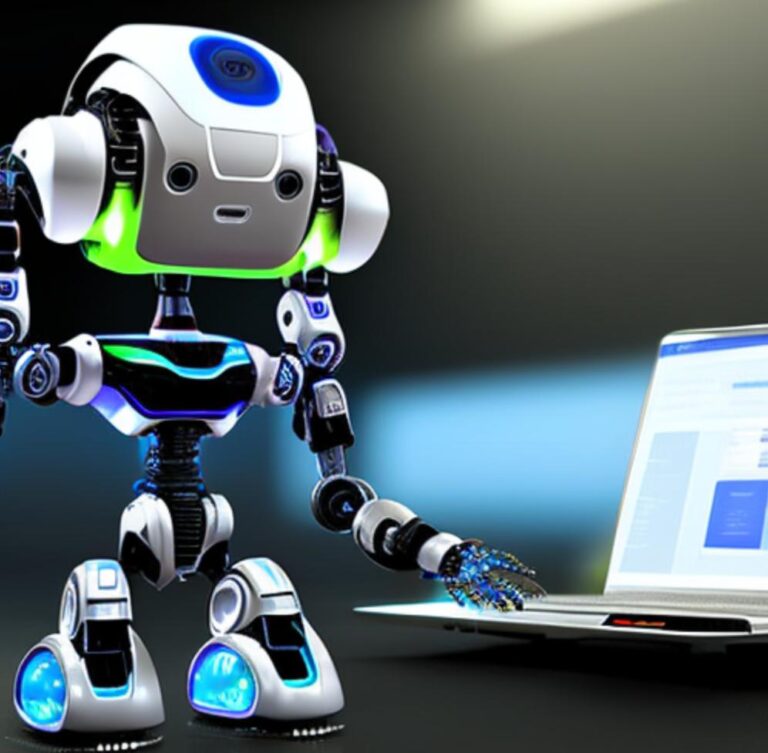Introduction to AI in Industrial Safety and Compliance
The advancement of artificial intelligence (AI) technology has had a major impact on various industries, including industrial safety and compliance. AI has the potential to revolutionize the way safety protocols are managed in the workplace, making it easier for organizations to ensure the well-being of their employees while also staying compliant with regulations and standards.
AI in industrial safety and compliance refers to the use of machine learning algorithms and computer vision techniques to identify potential hazards and risks in the workplace, as well as to track and monitor safety compliance. This technology has the ability to analyze complex data and provide real-time insights and predictions, allowing for proactive measures to be taken to prevent accidents and maintain compliance.
The Role of AI in Predictive Maintenance
To understand the application of AI in industrial safety and compliance, it is important to understand its role in predictive maintenance. Traditional maintenance methods rely on scheduled checks and reactive fixes, which can be time-consuming and expensive. With AI, sensors and cameras can be installed throughout a facility to continuously monitor equipment and detect anomalies that may lead to malfunction or failure.
These AI-powered systems use machine learning algorithms to analyze data and detect patterns, allowing for proactive maintenance to be scheduled before a potential hazard occurs. This not only ensures the safety of employees but also minimizes downtime and maintenance costs.
This type of predictive maintenance also applies to safety equipment and systems. For example, AI can be used to detect issues with fire suppression systems, emergency shut-off valves, and personal protective equipment. This preventive approach reduces the risk of accidents and improves compliance with safety regulations.
Risk Assessment and Prevention with AI
Another key application of AI in industrial safety and compliance is in risk assessment and prevention. Traditional risk assessments are often manual and may not capture all potential hazards or consider all relevant data. AI systems, on the other hand, can analyze large volumes of data from various sources, including historical incident data, maintenance records, and real-time sensor data.
By leveraging this data, AI can identify potential risks and predict the likelihood of accidents or non-compliance. This allows organizations to implement targeted safety measures and compliance strategies to prevent incidents from occurring.
AI can also assist in identifying patterns and trends in safety incidents, which can then be used to inform future risk assessments and safety protocols. This data-driven approach allows for continuous improvement in safety practices, increasing the overall safety and compliance of a workplace.
Enhancing Safety Training and Compliance Monitoring
Another way AI is being used in industrial safety and compliance is through its ability to enhance safety training and compliance monitoring. Traditional safety training can be generic and not always tailored to the specific hazards and risks present in a particular workplace or industry. AI technology can analyze data to identify the most common types of workplace accidents and create targeted safety training programs to address these specific issues.
In addition, AI can be used to monitor employee behavior and ensure compliance with safety protocols. For example, computer vision technology can be used to detect whether employees are wearing the required personal protective equipment or if they are following proper safety procedures. This not only promotes compliance but also allows for corrective action to be taken in real-time if necessary.
Challenges and Future Outlook
While AI in industrial safety and compliance has numerous benefits, there are also challenges that need to be addressed. For example, implementing AI technology may require significant investment in equipment, software, and training. There may also be concerns about job displacement, as some manual tasks may be replaced by AI systems.
However, the potential benefits of AI in industrial safety and compliance far outweigh the challenges. As the technology continues to advance and become more affordable, it is expected that its adoption in the workplace will increase. With AI, organizations can not only ensure the safety of their employees but also streamline compliance processes and save costs in the long run.
Conclusion
In conclusion, AI has the potential to transform industrial safety and compliance practices. By leveraging machine learning algorithms and computer vision technology, organizations can proactively identify and mitigate potential hazards, improve risk assessment and prevention, enhance safety training and compliance monitoring, and drive continuous improvement in safety practices. While there may be challenges in implementing AI, the long-term benefits make it a valuable tool for any organization looking to prioritize the well-being of their employees and comply with regulations and standards.

